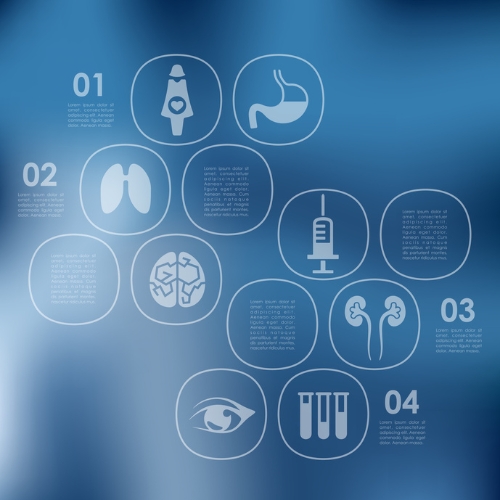Key points from article :
Small, lab-grown brain cell clusters to develop fundamental eye structures.
Categorized as brain organoids, generated in a petri dish from stem cells.
Scientists have grown the organoids out of the “optic cups,” which is an early stage when eyes are developing in a fetus.
At day 30, the brain organoids attempt to assemble optic vesicles, which develop as visible structures within 60 days.
Display synapsin-1, CTIP-positive myelinated cortical neurons, and microglia.
Roughly 0.1 inches wide, and the cups are also minute, measuring at 0.0008 inches each.
They grow in pairs and contain corneas, lenses, and primitive retinas, allowing them to see light.
Develop neurons for communication with the central brain.
Electrical signals traveled along neural pathways, indicating visual information is being transmitted.
The work could result in lab-grown retinas for patients who lost their vision.
Study led by Elke Gabriel from Heinrich-Heine-University, published in Cell Stem Cell.





